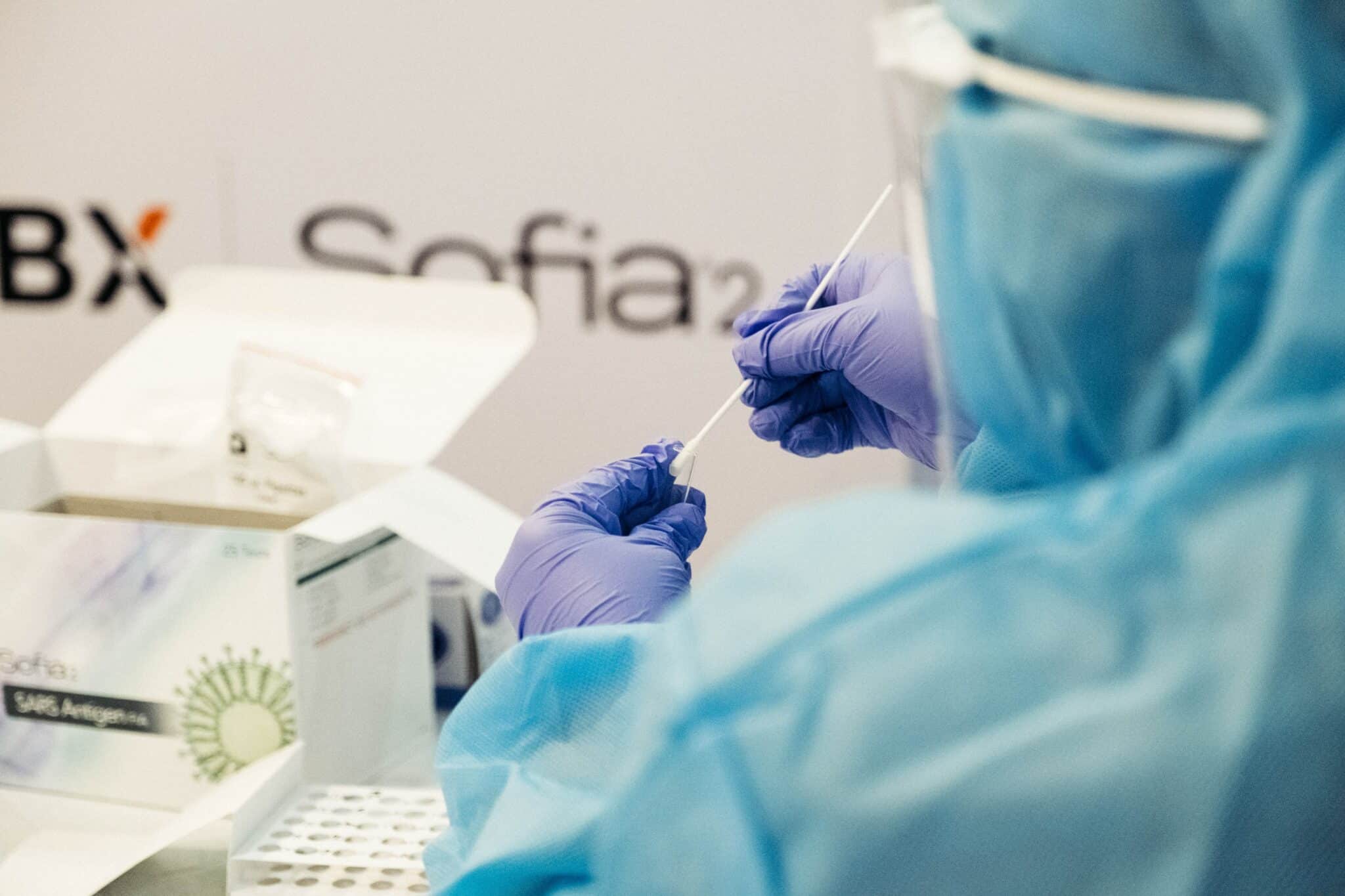Travel After Surgery: What You Need To Know

Embarking on an adventure after surgery can seem intimidating. And it’s not hard to see why: concerns about health, recovery, and potential complications can create a sense of unease.
Nevertheless, it doesn’t have to be this way. By planning and taking precautions, you can enjoy a fulfilling and safe travel experience even after a recent surgery without compromising your health.
In this post, we’ll answer some frequently asked questions, including:
- Can you travel after surgery?
- How long should you wait to travel after surgery?
- Can flying too soon after surgery cause complications?
- What can you do to minimize them?
Without further ado, let’s get started.
Can You Travel After Surgery?
Whether you can travel after surgery will depend on:
- Your airline’s regulations
- The type of surgery you had
Each airline has its own rules about post-surgery travel, so it’s important to verify with them, especially if your surgery was complex. Similarly, you should consult your surgeon or GP before flying if you’ve undergone major surgery. They will provide recommendations tailored to your specific needs.
Nevertheless, here are some general guidelines for when it’s safe to fly after surgery:

Additionally, if you have recently had surgery, you may need to inform your travel insurance provider.
Can Flying Too Soon After Surgery Cause Complications?
The risks of flying shortly after surgery can vary based on the type of surgery and your individual health concerns. Usually, general anesthesia’s cardiac and vascular effects don’t last long and might not impact your flying risk.
However, even without recent surgery, long-distance travel can increase blood clot risks in some people, which is also known as deep vein thrombosis (DVT).
What is DVT?
Blood clots are generally not dangerous, and may even dissolve on their own. However, a clot forming in the leg’s deep veins can become life-threatening if it dislodges, travels to the lungs, and causes a blockage called a pulmonary embolism.
Although it’s rare to develop DVT from a long flight, airline passengers often:
- Sit with their legs bent for extended periods
- Become dehydrated during the flight due to dry, recirculated air
These factors can contribute to blood clot formation. How? Motion and movement cause leg muscles to contract, promoting blood circulation back to the heart. But when legs are immobile, blood pools in the legs, increasing clotting risk.
As a result, traveling by car also carries a DVT risk due to the lack of movement, as does spending excessive time in bed.
You have higher risks of DVT if:
- You had a hips or knees surgery
- You had a recent hospital stay with extended bed rest
- You had a previous DVT experience
- You had blood clots before
- You have a history of blood clots in your family
- You’re overweight or obese
- You’re pregnant and up to 3 months postpartum
- You have a catheter in a large vein
Nevertheless, chances of developing a travel-related DVT are low, even for those who are considered moderately or highly risky cases.
How to Prevent Blood Clots During Your Travel
As you already know, sitting in the same position for extended periods can reduce blood flow and increase the risk of blood clots.
Yet, they can be prevented if you improve your blood circulation while traveling by:
- Moving your legs whenever possible. Get up and walk every hour. If there’s enough space in your seat, you can also bring one knee to your chest and hold it for 15 seconds (repeat 10 times). Additionally, avoid sitting for more than four hours once you get to your destination.
- Drinking plenty of water and avoiding alcohol and caffeine. Thus, you’ll prevent dehydration.
- Avoiding tight clothing and shoes, as they can interfere with blood circulation.
- Wearing compression stockings. They promote blood circulation and you can easily find them at surgical supply stores and pharmacies.
Additionally, you should be aware of any signs of blood clots, such as:
- Redness of the skin
- Swelling
- Tenderness
- Pain
Key Takeaways
As you can see, in summary, traveling after surgery is not risky if you wait the appropriate amount of time. Yet, if you’re traveling shortly after surgery, it might be a good idea to have a companion who is familiar with your situation. Besides, if you require special equipment or assistance during your flight, be sure to check with the airline before booking your trip.
Want to get tested for COVID before your next adventure? Find testing locations near you with our international directory.



